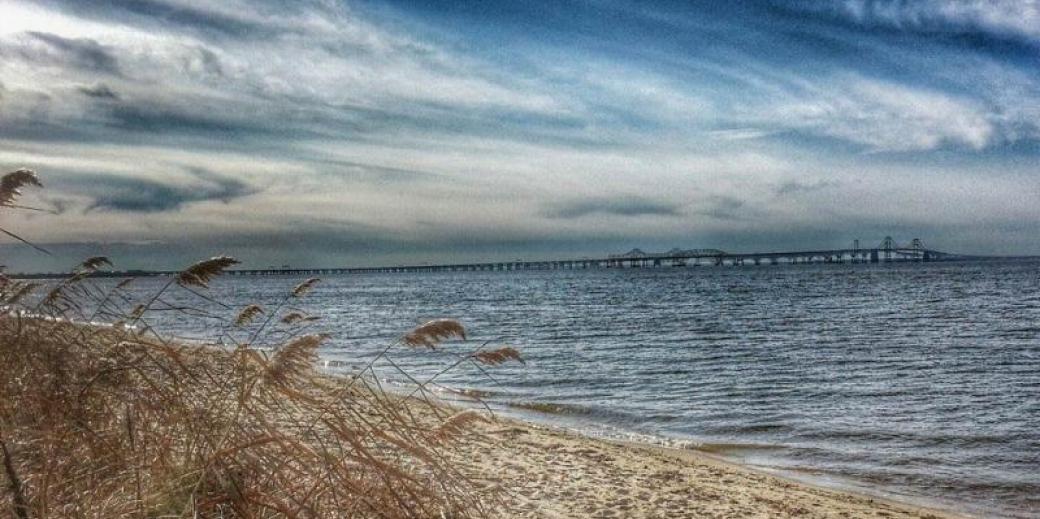
The University of Maryland Environmental Finance Center developed a brief to help translate the benefit values (monetary) of landscape architects’ work on nature-based solutions. The brief offers an overview of nature-based economic benefits in five key areas: health and livability, expanded investment and sustainable jobs, increased biodiversity, carbon sequestration and improved resilience. A supplementary analysis offers lessons from 175 case studies in the U.S.
Five key takeaways from the EFC brief include:
- The World Bank estimates that every $1 invested in nature-based solutions, from tree canopies to permeable surfaces, results in $4 of environmental, social and economic benefits.
- Pollinators—butterflies, bees and other insects—ferry in an estimated $301 billion annually, making the case for developing and preserving biodiverse habitats.
- Urban and rural forests not only boost human health benefits, they provide an estimated $2.2 to $19 billion in air pollution removal benefits a year.
- Cities on average can be one to seven degrees hotter than greener, suburban and rural areas, known as heat island effect. But, shade-creating green infrastructure can bring the thermometer down by two to nine degrees.
- Healthy and restored waterways provide recreation, tourism and health benefits, as well fresh water, with an estimated value of $1,000-$8000 per acre a year.
Both the brief and supplementary analysis can be downloaded below.
Author
Publication Date
November 2024
Attachments
Program / Center Affiliation
